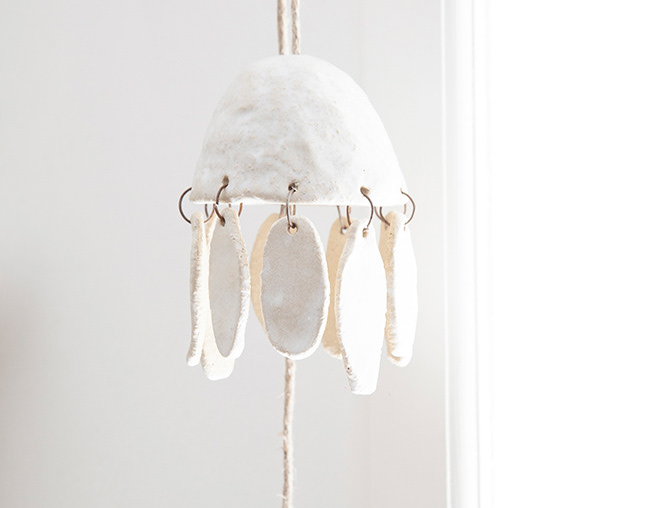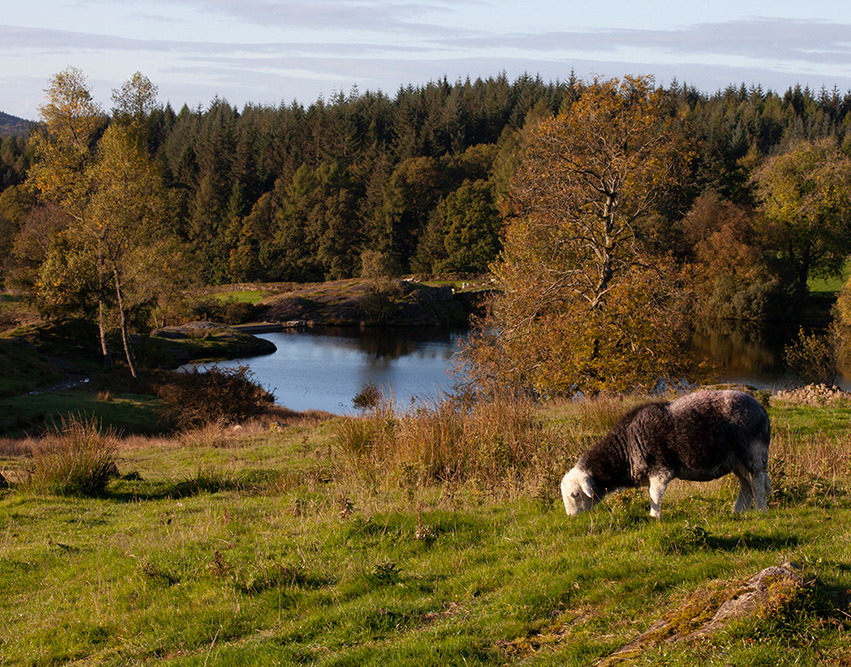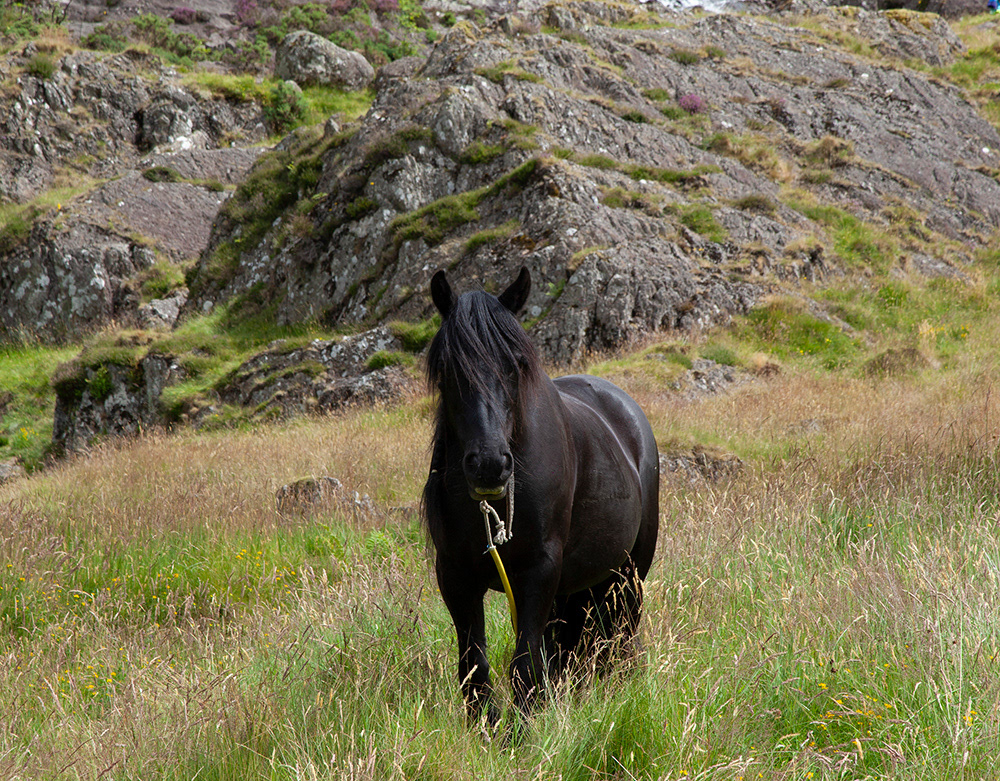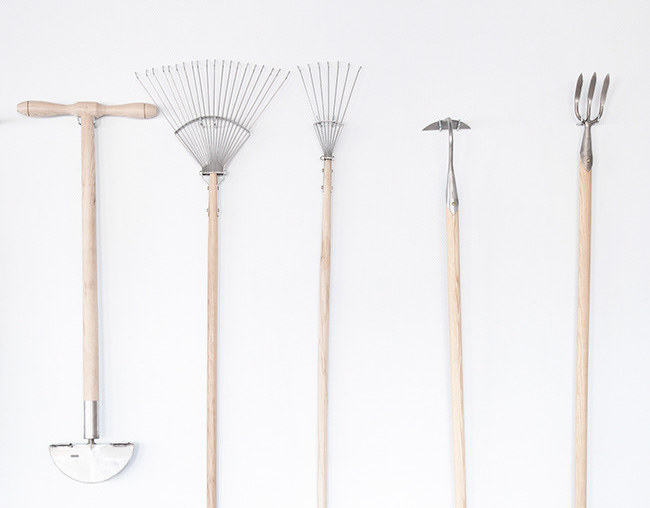Photography & words: © Anna Rubingh
Publication Ariadne at Home (Netherlands) 01-2023
Publication Lantliv (Sweden) 01-2024

LG 001

LG 002

LG 003

LG 004

LG 005
Snow is falling in thick flakes when I arrive at Ida Persson's house early in the morning. "A real Västerbotten Experience, approved by Visit Västerbotten in Lapland" says the sign on the wooden facade. "Come in," Ida greets me, "I've already lit the fire in my studio!"
Ida is a potter and in the studio in her old house in the countryside in northern Sweden she makes the most beautiful pottery. Lergrova’s pottery is both delicate and bold, wrapped in Scandinavian simplicity.
Inspired by the beautiful nature and ancient culture of the north, she has been making hand-turned pottery since 2006. In 2017, she obtained her master's certificate.
"What motivates me most is that my work is used in everyday life. That mugs formed by my hands warm someone's hands filled with hot tea or vases made by me with love are filled with flowers from someone's garden or a family eats from my plates, that just feels good. The aim of my work is to ultimately make someone's daily life a little more beautiful."
The name Lergrova comes from the dialect of her northern Swedish native Agnäs in Västerbotten. "It simply means 'big dug pit'. In the village there was a brickyard in the 40s to 60s and the clay pit for the bricks was right behind our house, the same house where we still live and work today."
I stamp my work with a clay stamp with my logo, a spruce from our northern forests.
Ida lives with her family in the old house where she herself grew up as a child. "It belonged to the farm next door and was bought by my grandfather, my parents eventually fixed it up and now we live here."
Next to the big house is a small house, a stuga. "That used to be the tunbröd bakery of the village, tunbröd are typical North Swedish flatbreads, a kind of knäckebröd but in a North Swedish way." The bakery house stood on the other side of the village. When it was in danger of being demolished, Ida's father, a building contractor, took it down part by part and rebuilt it next to their house. "Things were changed, for example the glass veranda at the front was built onto it, the old windows came from a nearby cowshed and the deep ochre-coloured door my grandfather found somewhere. He loved antiques and collected all sorts. These doors were originally made in the 18th century."
Meanwhile, Ida rents out the stuga via Airbnb. "I always get very nice reactions, especially because there are so many authentic elements, like the old fireplace for example. And my pottery, which is the crockery in the stuga."
She sends her pottery all over Sweden and beyond. "And yes, it really arrives whole" Ida laughs.

LG 006

LG 007

LG 008

LG 009

LG 010
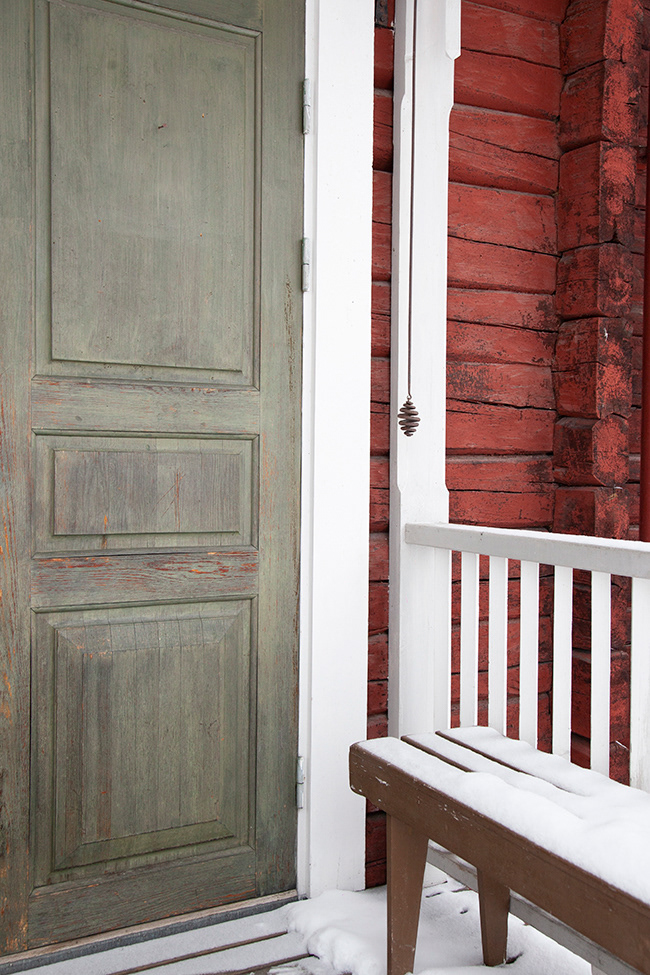
LG 011

LG 012

LG 013
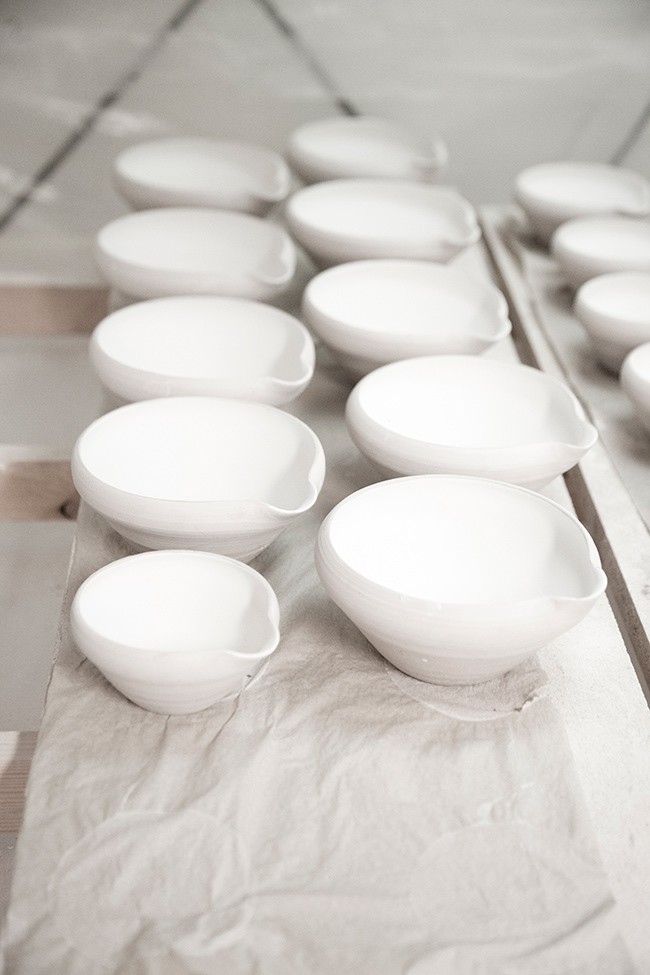
LG 014
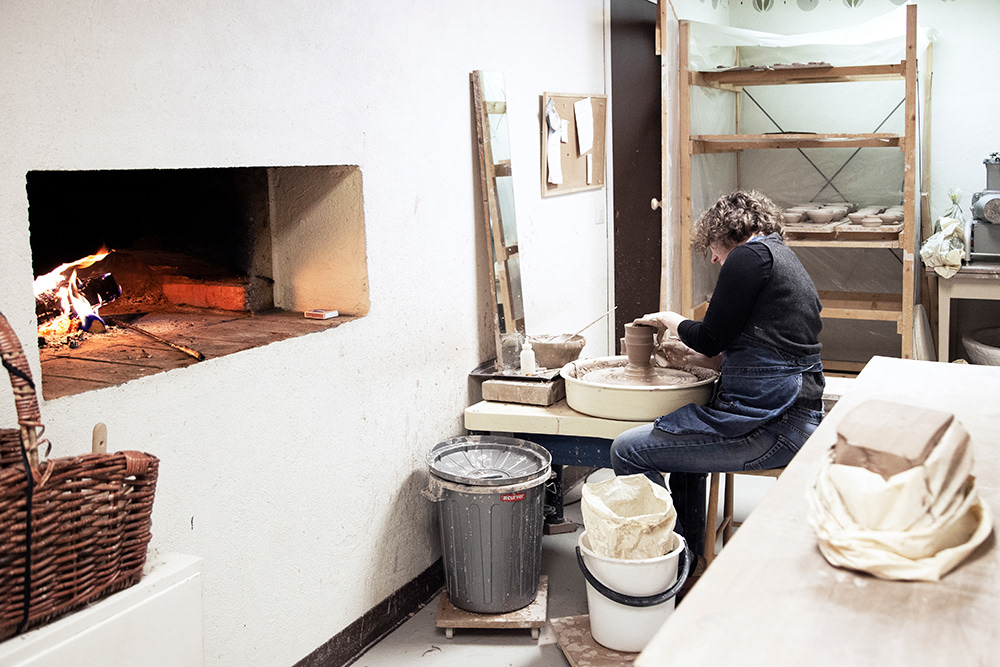
LG 015

LG 016

LG 017
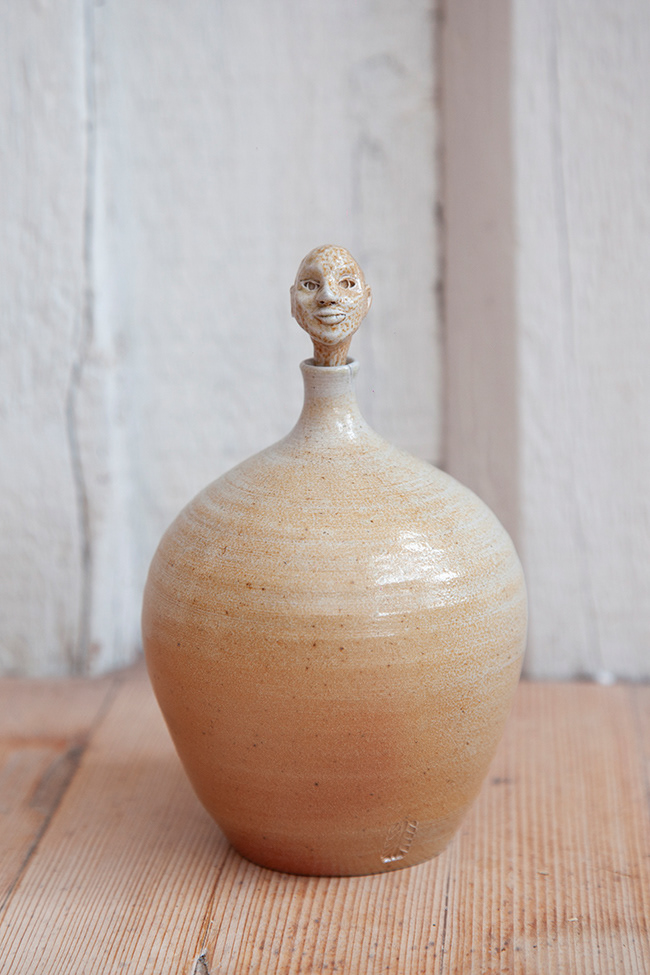
LG 018

LG 019

LG 020
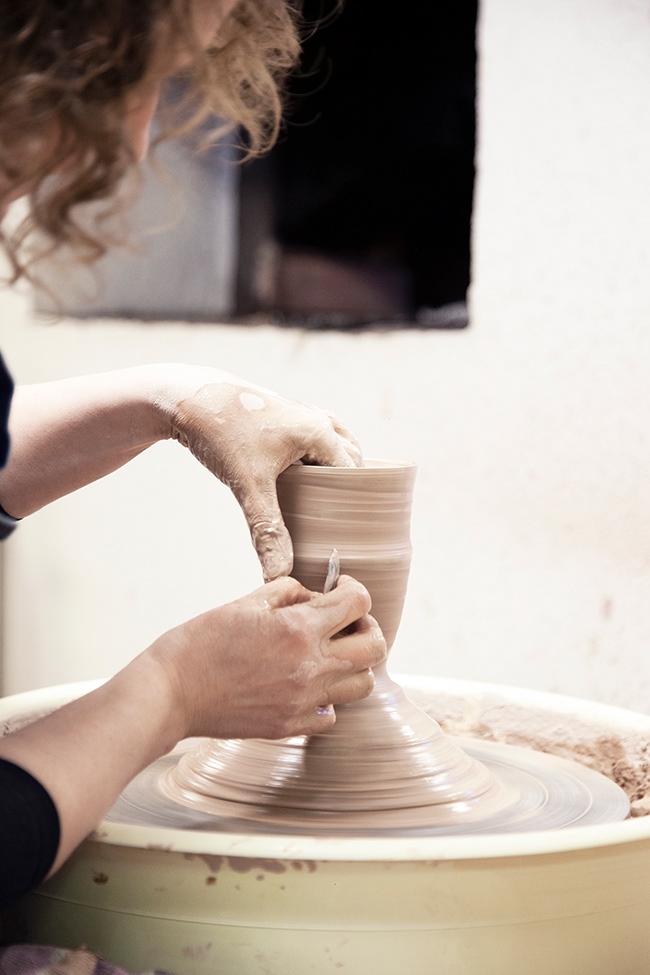
LG 021
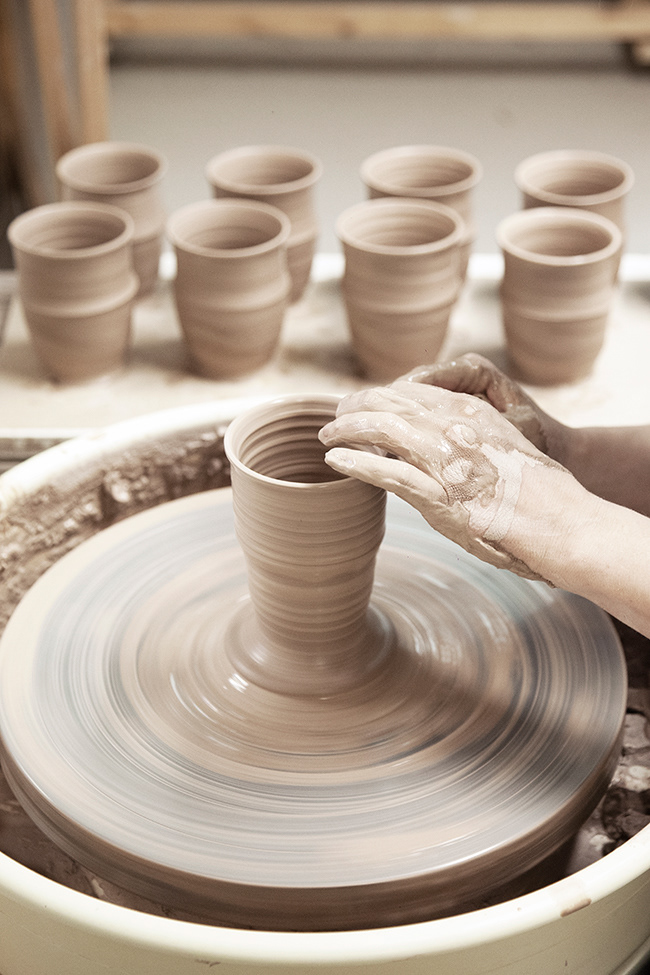
LG 022

LG 023

LG 024

LG 025

LG 026
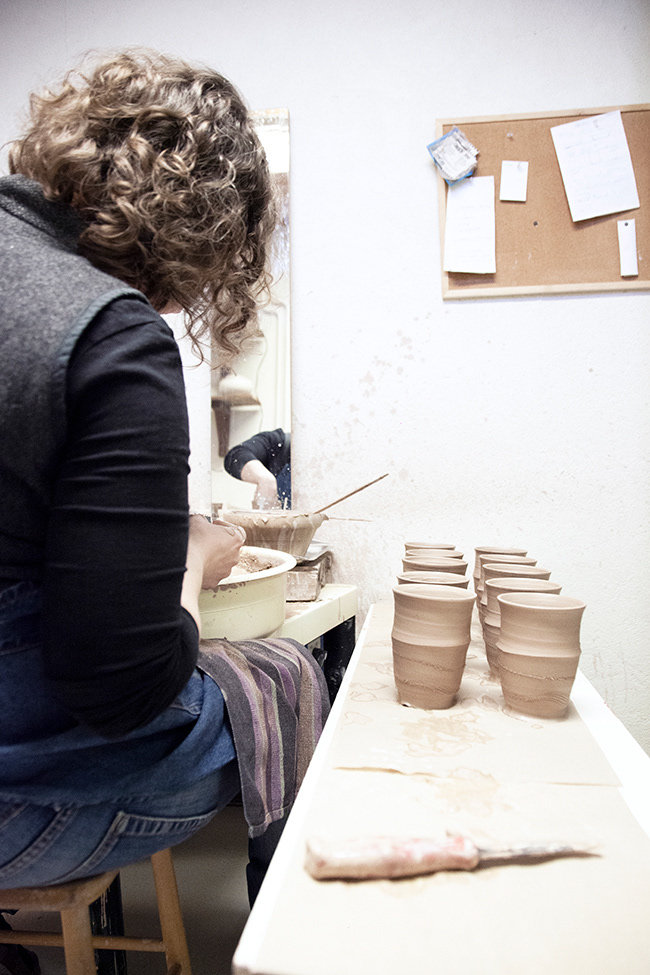
LG 027

LG 028

LG 029

LG 030

LG 031

LG 032
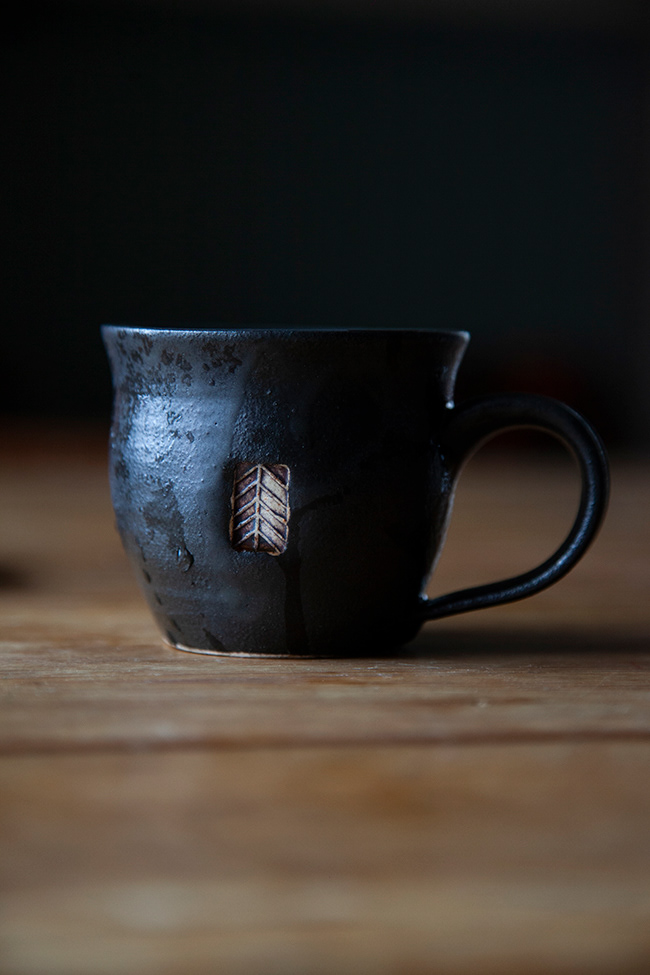
LG 033

LG 034

LG 035

LG 036

LG 037

LG 038

LG 039

LG 040

LG 041

LG 042
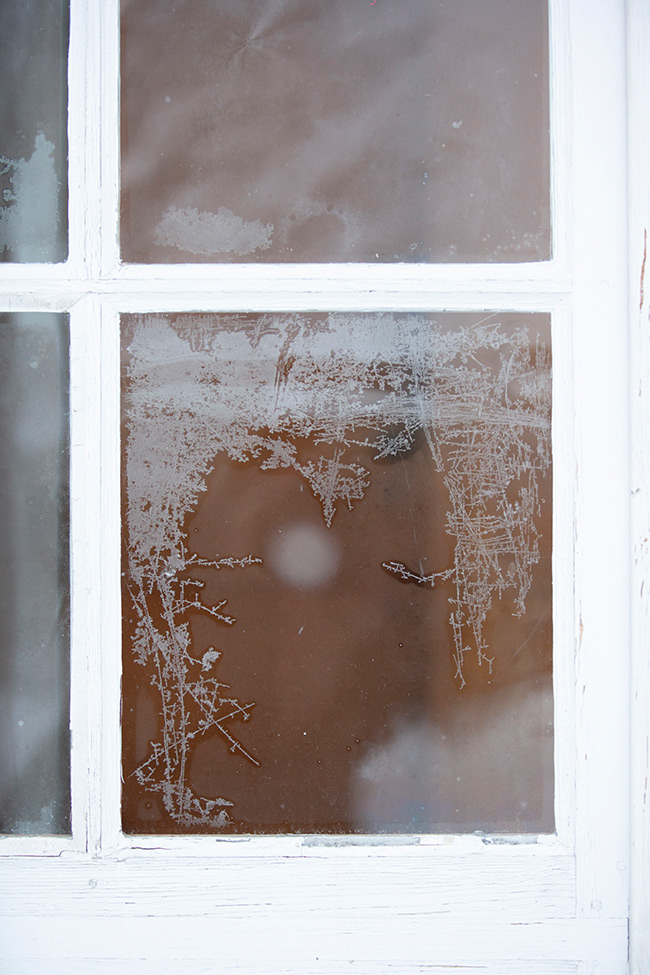
LG 043
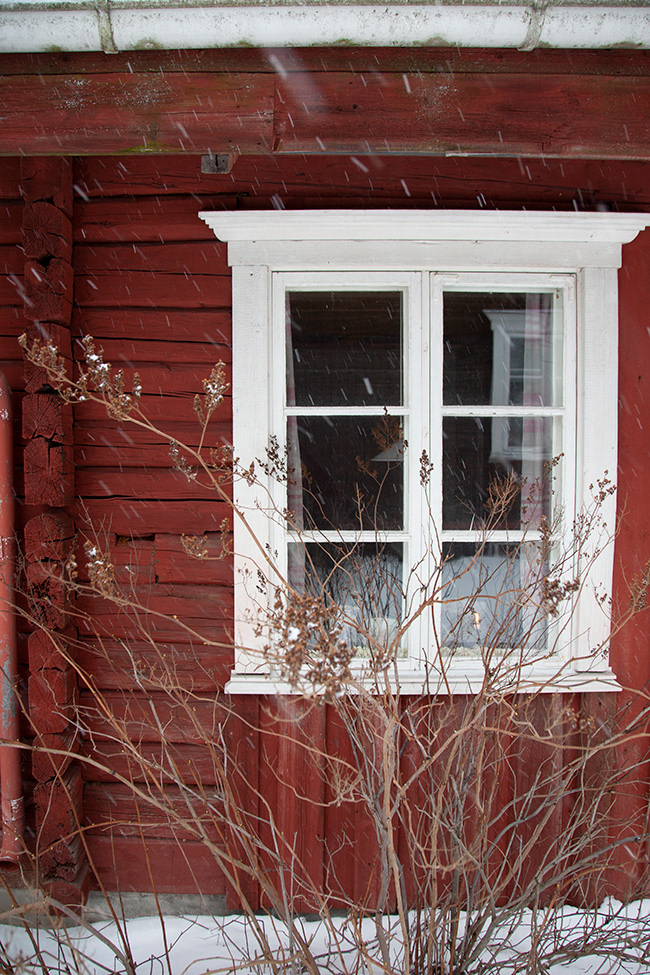
LG 044

LG 045

LG 046

LG 047

LG 048

LG 049

LG 050
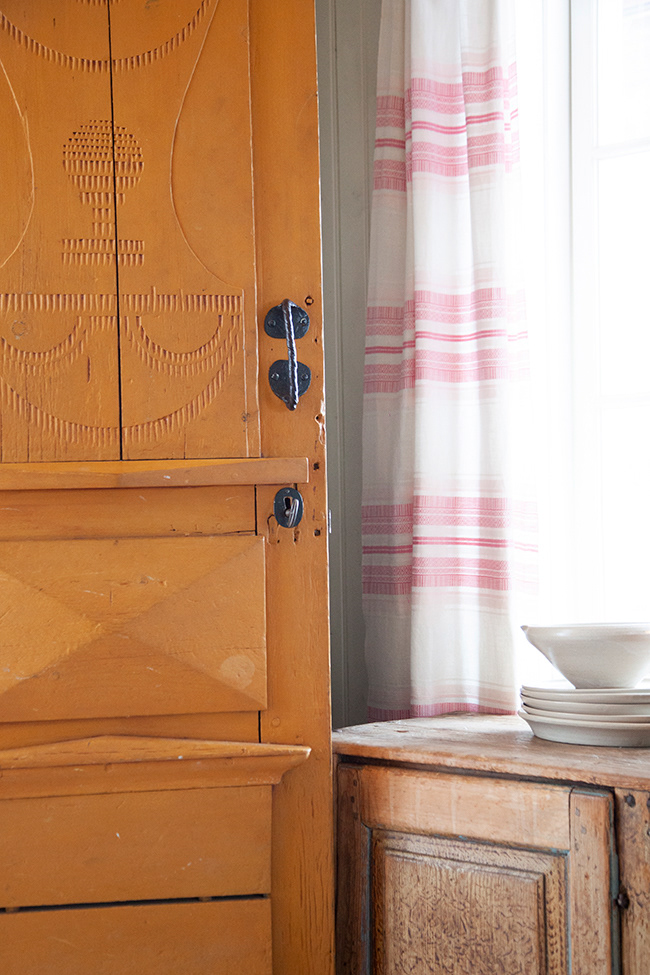
LG 051

LG 052

LG 053

LG 054

LG 055
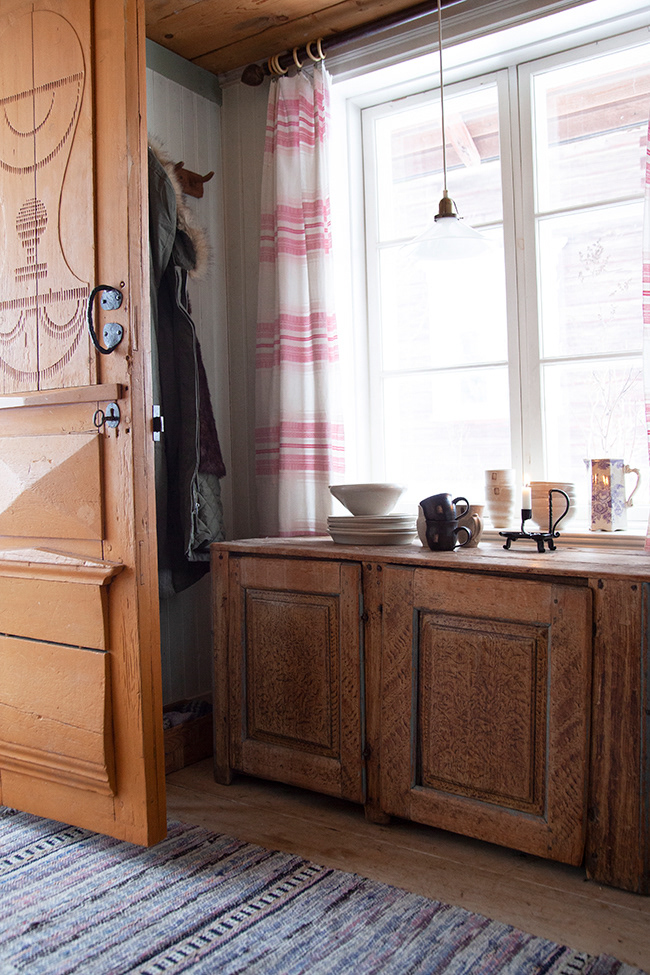
LG 056

LG 057

LG 058
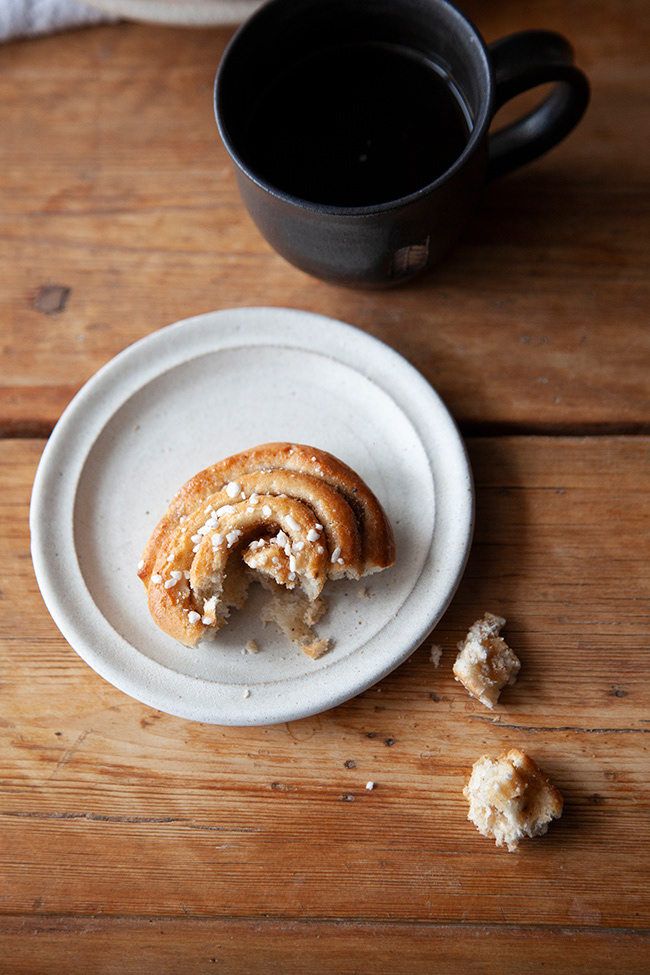
LG 059

LG 060

LG 061

LG 062

LG 063

LG 064

LG 065
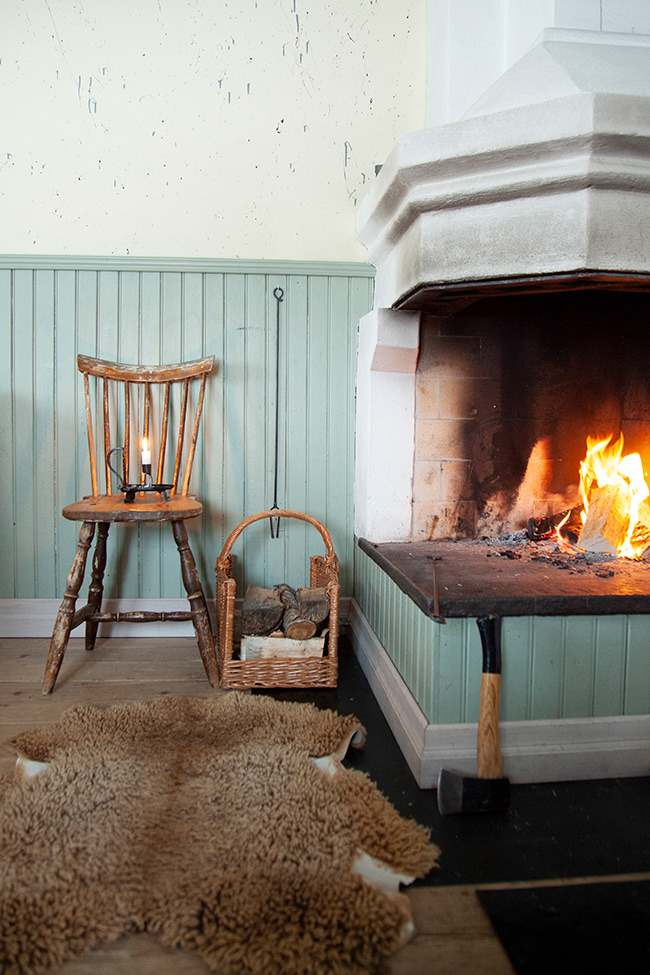
LG 066

LG 067
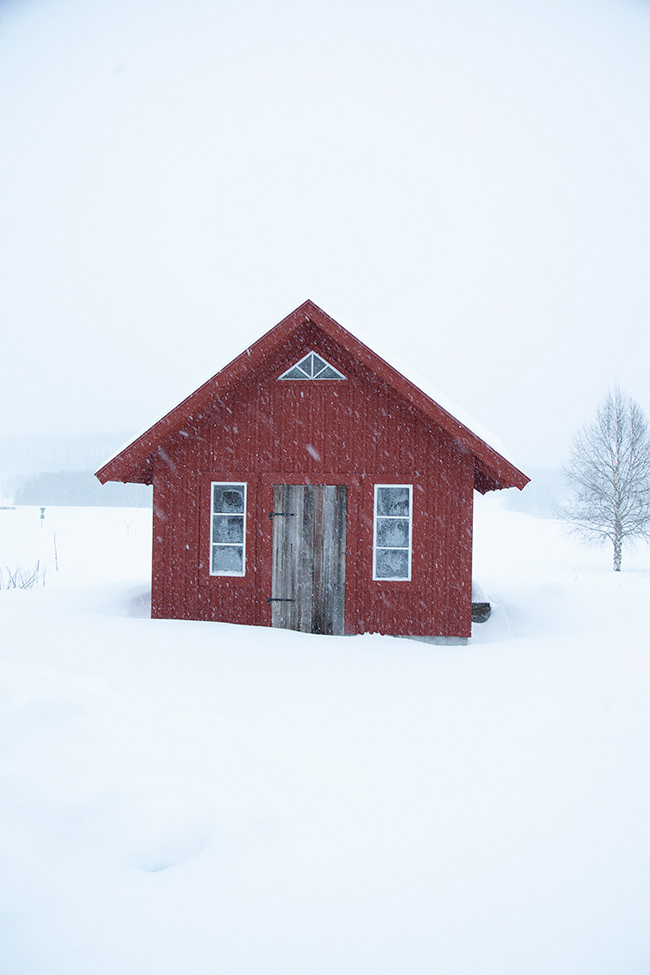
LG 068

LG 069



